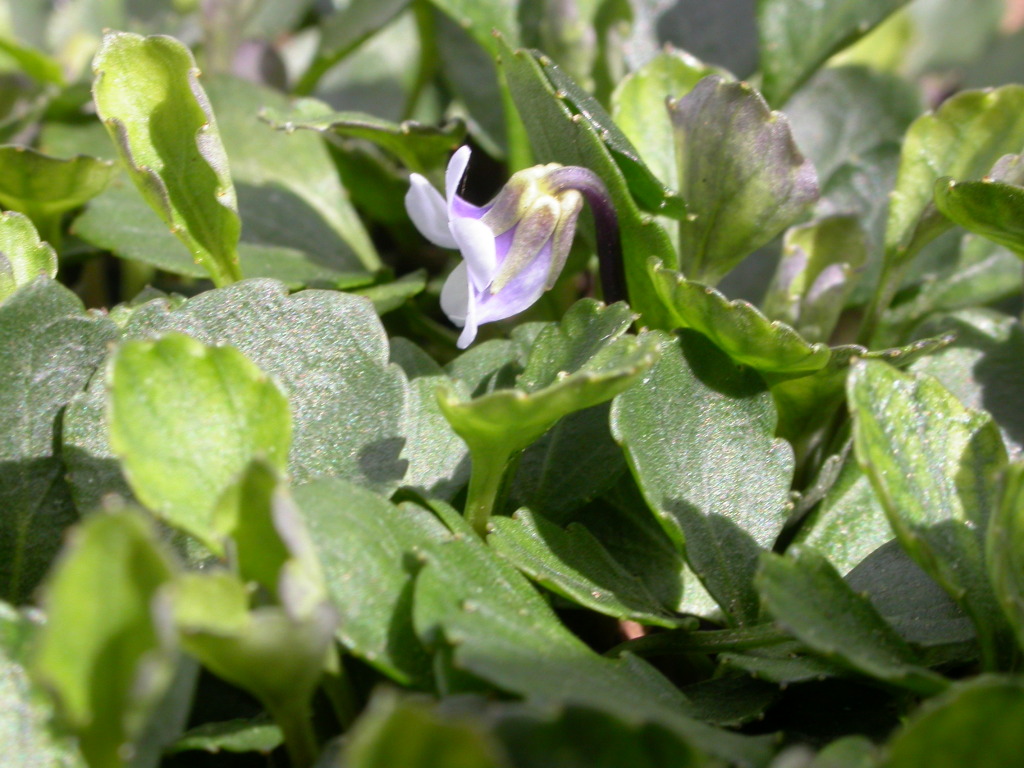Viola improcera
L.G AdamsCompact, stoloniferous perennial herb, glabrous. Leaves tufted, spathulate, the lamina tapering gradually to the petiole, 18–22(–40) mm long (including petiole), apex obtuse, margins crenate-serrate; petioles narrowly winged; stipules linear-lanceolate, c. 3 mm long, laciniate. Flower-scapes 10–25 mm long (elongating to 4 cm long or more in fruit); bracteoles near middle. Sepals lanceolate, c. 2.5 mm long, acute, basal appendages small; petals 4–6 mm long, pale blue-violet, lower (anterior) petal oblong, truncate, without spur; lateral petals not twisted, glabrous. Capsule ellipsoid, c. 6 mm long. Seeds ovoid, c. 2 mm long, black, glossy, smooth or rugulose. Flowers Dec.
VAlp. Also NSW, ACT, Tas. A highly restricted species, known from a single locality in Australian Capital Territory, 2 localities in eastern Victoria (Mt Useful and the Nunniong Plateau), and recently discovered at Ben Lomond in Tasmaina and Deua National Park in New South Wales. Plants are found in high-altitude open shrubland or Snow-gum woodland often in rocky soils.
Entwisle, T.J. (1996). Viola. In: Walsh, N.G.; Entwisle, T.J., Flora of Victoria Vol. 3, Dicotyledons Winteraceae to Myrtaceae, pp. 82–84. Inkata Press, Melbourne.
 Spinning
Spinning
